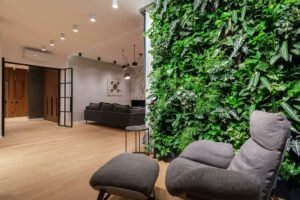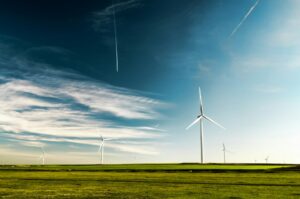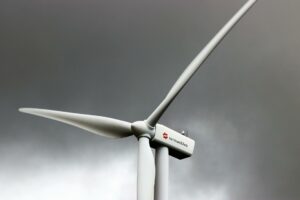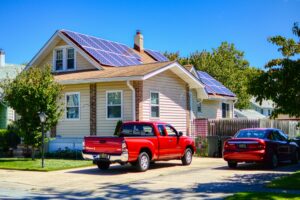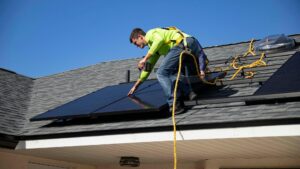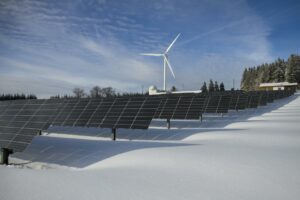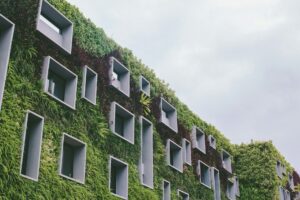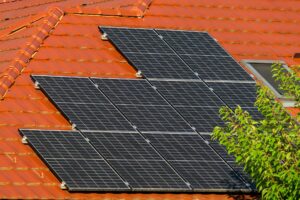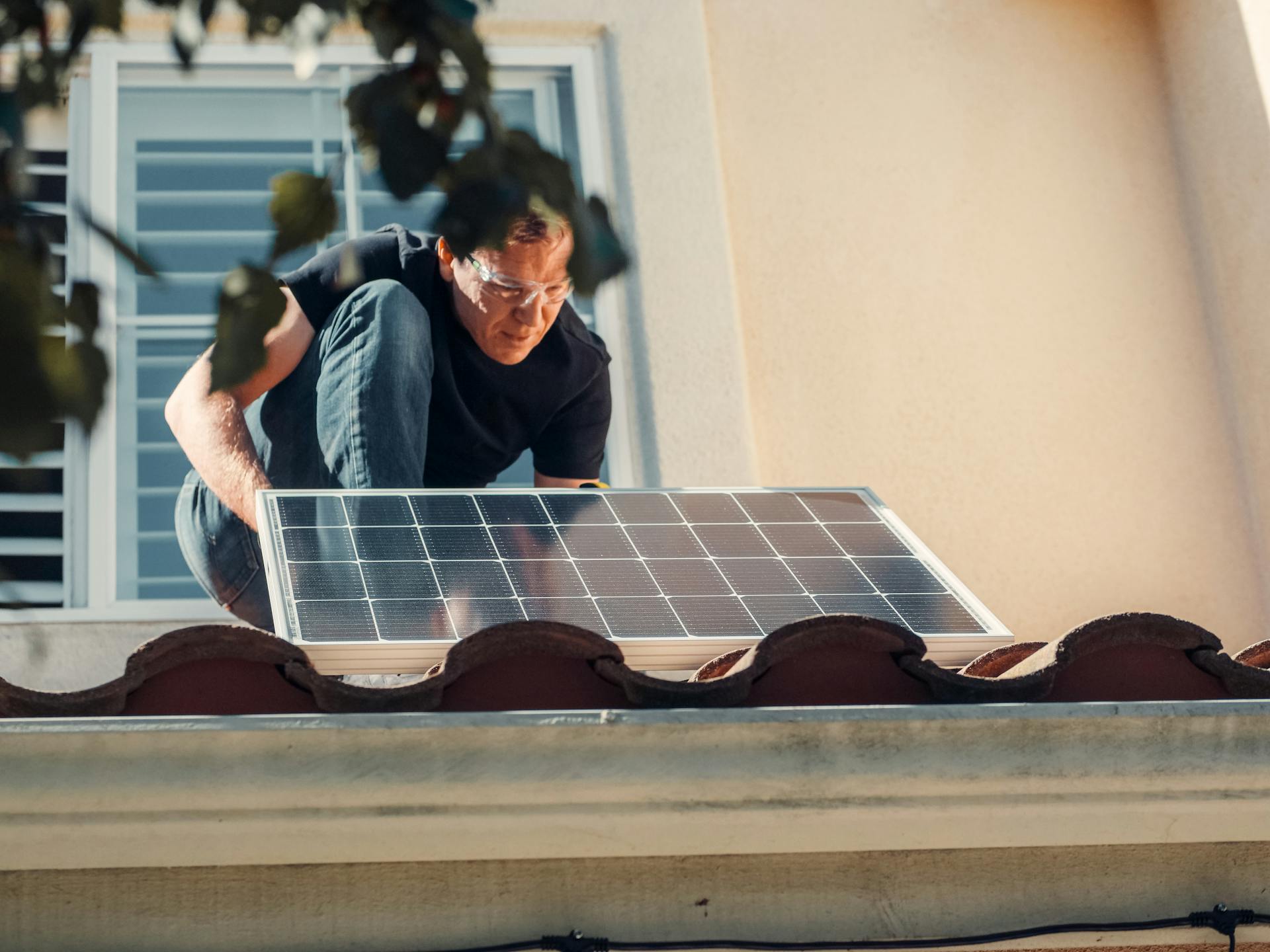

Question: What are the Pros and Cons of Green Building?
Answer: Pros of green building include lower energy costs, improved occupant health, and reduced environmental impact. Cons are the higher initial construction costs and the potential for limited availability of specialized materials and labor in certain areas.
The Advantages and Disadvantages of Green Homes
Many homebuyers today ask, “What are the Pros and Cons of Green Building?”. This question is important as sustainable homes become more popular. Green building is an approach to construction that values efficiency and environmental responsibility. It considers a building’s entire lifecycle, from the initial design and construction to its operation and eventual demolition. The goal is to create homes that are healthier for people and the planet.
These eco-friendly houses use resources like energy and water more effectively than traditional homes. They often incorporate renewable materials and are designed to minimize waste. For homeowners, this can mean significant changes in both lifestyle and finances. Understanding the full picture, including both the benefits and the drawbacks, helps you make an informed decision when you search for your next property. This exploration covers the key points you need to consider.
The Long-Term Financial Rewards
A major advantage of green homes is their potential for long-term financial savings. These savings primarily come from reduced monthly utility bills. Green buildings incorporate superior insulation, high-performance windows, and airtight construction. This design minimizes heat loss in the winter and keeps the home cool in the summer. As a result, heating and cooling systems work less, consuming far less energy.
Energy-efficient appliances, LED lighting, and smart thermostats further reduce electricity consumption. Water-saving fixtures like low-flow toilets and showerheads also cut down on water bills. Over time, these daily savings accumulate into a substantial amount. Homeowners may also benefit from government programs. Federal grants and tax credits often exist to encourage energy-efficient upgrades and construction, helping to offset some initial costs. These financial incentives make green homes an even more attractive investment. Finally, green homes often have a higher resale value. Buyers increasingly look for properties with lower operating costs and sustainable features, making them more competitive in the market.
Click here for more information on realtors near me Shelburne
Related Article: How Do You Build an Eco-Friendly House?
Improved Health and Comfort for Occupants
Green homes create a healthier living environment. A primary focus is on superior indoor air quality. Conventional building materials often release volatile organic compounds (VOCs). These chemicals are found in paints, adhesives, carpets, and composite woods, and they can cause respiratory issues and other health problems. Green homes use low-VOC or zero-VOC products, ensuring the air inside is cleaner and safer to breathe.
Advanced ventilation systems also play a crucial role. A Heat Recovery Ventilator (HRV) or Energy Recovery Ventilator (ERV) provides a constant supply of fresh, filtered air while expelling stale indoor air. This process removes pollutants and allergens without wasting energy. The result is a home that feels less stuffy and promotes better respiratory health. Natural light is another element that designers of green homes prioritize. Large, strategically placed windows maximize daylight, which reduces the need for artificial lighting and can improve mood and productivity. A connection to the outdoors has proven mental health benefits. The superior insulation and airtightness also create a more comfortable and quiet indoor space with fewer drafts and consistent temperatures throughout the home.
Related Article: What are the Examples of Things We Can Find in an Eco-Friendly Home?
Related Article: What are Some Interesting Facts About Eco-Friendly Houses?
Higher Initial Construction Costs
The most significant drawback of green building is the higher upfront cost. Constructing an eco-friendly home can be more expensive than building a conventional one. This price difference comes from several factors. High-performance materials like triple-pane windows, advanced insulation, and sustainable flooring often cost more than their standard counterparts. Specialized systems also add to the budget. The installation of solar panels, geothermal heating and cooling, or rainwater harvesting systems requires a considerable initial investment.
Finding labour skilled in green construction techniques can also be more expensive. These builders and tradespeople have specialized training to ensure that systems are installed correctly and that the building envelope is perfectly sealed. While these costs are a real consideration, it is important to view them as an investment. The money spent upfront is often recovered over time through lower utility bills and reduced maintenance. The payback period varies depending on the specific features installed, but the long-term return on investment is a key part of the financial equation for any green home.
Challenges with Materials and Products
Sourcing the right materials for a green build can sometimes present a challenge. While the availability of sustainable products is improving, some items may not be readily available in all locations. This can lead to delays in the construction schedule. For example, a specific type of reclaimed wood or a non-toxic insulation material might need to be special-ordered from a distant supplier. This increases both shipping costs and project timelines.
The supply chain for green materials is not as established as the one for conventional products. This means there can be less competition among suppliers, which can affect pricing. Builders must plan projects carefully, ordering materials well in advance to avoid waiting for critical components to arrive. Verifying the claims of “green” products also requires research. Homeowners and builders need to look for reputable third-party certifications like FSC for wood or Green Seal for paints to ensure the materials meet true sustainability standards. This extra step adds a layer of complexity to the material selection process.
Related Article: What are the Economic Benefits of Sustainable Design?
Related Article: Are Green Buildings More Ecological and Cost Effective?
Finding Qualified Professionals
Building a successful green home requires a team with specific expertise. It is not enough for a builder to simply use sustainable materials. They must understand the science behind how all the components of a home work together as a system. This includes knowledge of building envelopes, advanced HVAC systems, and moisture management. Finding architects, designers, and contractors with a proven track record in high-performance home construction can be difficult.
These professionals are in high demand, and their services may cost more. It is important to vet potential builders thoroughly. Ask for references from past green projects and look for certifications from industry organizations. Navigating the regulatory landscape also requires expertise. Building codes are continuously updated to include stricter energy efficiency requirements. An experienced green builder will be familiar with the latest codes and standards. If you are pursuing a certification like LEED or an EnerGuide rating for your home, the process involves detailed documentation and inspections. A qualified team can manage this process efficiently, ensuring the home meets all necessary criteria for certification.
Related Article: How Can I Retrofit My Old House for Energy Efficiency?
Related Article: What are 5 Things You Do at Home To Be Eco-Friendly?
Weighing Your Options for a Sustainable Future
The decision to invest in a green building involves balancing initial costs against long-term benefits. The advantages are compelling. Lower energy and water bills provide consistent monthly savings, leading to a significant return on investment over the life of the home. Healthier indoor air quality and a more comfortable living space directly improve your well-being. Knowing your home has a smaller environmental footprint also provides peace of mind. These homes are durable, require less maintenance, and often command a higher price on the real estate market.
However, the challenges are real. The higher upfront cost requires careful financial planning. Sourcing specialized materials and finding experienced professionals can add complexity to the building process. Ultimately, choosing a green home depends on your personal priorities, budget, and long-term goals. As technology improves and sustainable practices become more common, the costs and difficulties associated with green building are decreasing. These homes represent a smart, forward-thinking investment in your financial future, your health, and the health of the planet.

